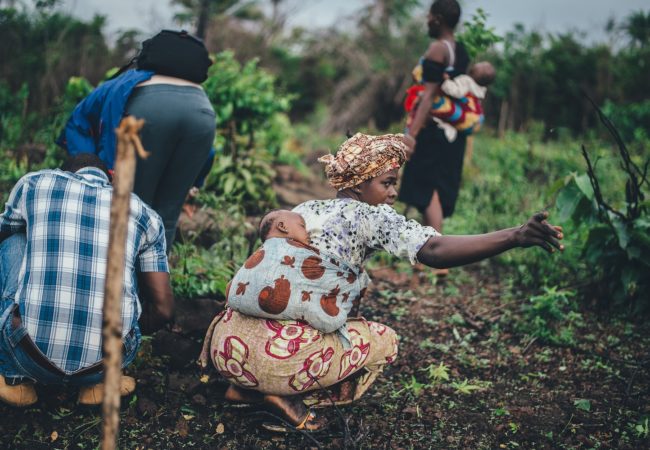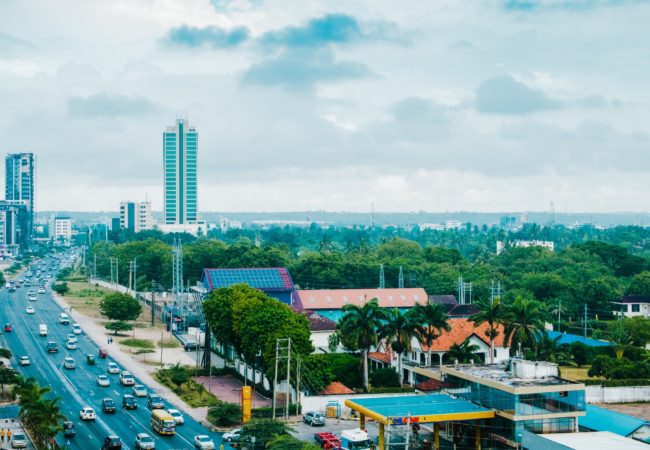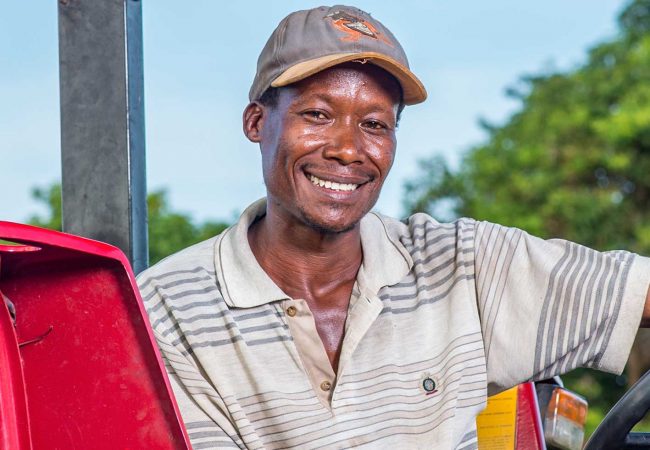What is the Issue?
Eighty percent of Bolivia’s rural economy is based on agriculture with two-thirds of the farms belonging to resource-poor farmers. While agriculture remains a primary source of livelihood to Bolivians, 41% of the soil in Bolivia is degraded. This is a critical risk for rural livelihoods that affects small-scale farmers the most. The National Soil Platform (NSP) for Sustainable Agriculture emerged in 1993 to contribute to solving the soil degradation problem in Bolivia. The Platform realized that participation in policy advocacy at local, regional and national levels was required for this national platform to have more impact. This case study discusses an example involving farmers in advocacy and policy intervention at the local level through COFAES, a small-scale farmer organization that promotes soil conservation and sustainable agriculture in a municipality and the NSP at the national level.
What process is proposed/used to ensure Smallholder Voices (SHV) were heard by policy makers?
In 2003, COFAES emerged from local soil committees in Sacaca as a native organization working on soil conservation with partners at the national level to support its membership within the NSP. At the onset, COFAES used internal meetings and workshops to discuss the need to share its experiences with other people in their municipality and developing and advocating proposals that promote the development of agriculture towards the purpose of agroecology. It then worked with an NGO, K’anchay, to organize a Local Ecological Congress that was attended by 178 delegates, of which the majority were farmers, six were peasant leaders (from the 16 communities working with COFAES) and six municipal authorities. While this process took place at the local level, the NSP focused its efforts on preparing a ‘Soils Law Proposal’, which could contribute to Bolivian policymaking on the issue of soils.
What was the (expected) outcome of this process?
For COFAES, the Congress that was organized and the commissions that were set up under it has three key outcomes: 1) it produced conclusions that informed the future design and functioning of COFAES 2) it provided a forum for participants to decide on priority issues for policy proposals, specifically related to the promotion of ecological production in the municipality and 3) it provided inputs that fed into the NSP’s proposed law at the national level.
What key lessons can be learnt? Is this process replicable?
These two inter-linked cases highlight key lessons for SHV movements to be impactful:
- Organization and experience are critical: COFAES integrated 16 local soil conservation committees, organized meetings and workshops, and had approximately six years of experience. The National Soil Platform had five regional platforms and a national directorate, which supported the organization of workshops at regional and national level in order to elaborate the soil law proposal.
- While policy advocacy methods at different levels differ, complementarity is important: COFAES focused on convincing their own indigenous leaders on the importance of their agenda and made them take a leading role in the policy advocacy process through workshops and their Local Ecological Congress. In contrast, the NSP sought to directly influence policy making at national level through a legislative instrument i.e. the soil law proposal. However, to be successful, it sought allies, especially indigenous, peasant farmers and national organizations into whose work COFAES’ local-level work fit.
Is this process sustainable? What is the latest assessment of the impact of this process?
While the latest assessment of COFAES’ work is not available, this process has potential to be sustainable, contingent on strong ownership from the actors most affected to drive the process (i.e. COFAES) and clearly-laid out mechanisms for feedback loops that run from the local level to national-level platforms (i.e. the NSP).
Download Case Study




0 Comments